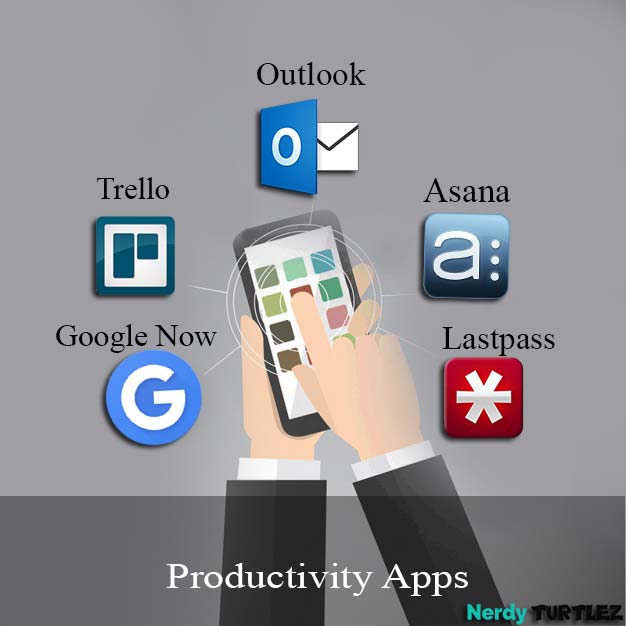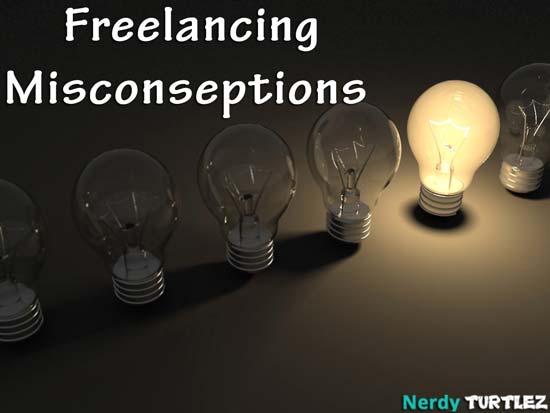Top 5 Tips to Ensure How Freelance Writing Projects Go Smoothly
Every individual wants their projects to run as smoothly as butter. There can be a variety of issues ranging from requirement gathering to payment processing. You wish to finish off your tasks in a peaceful manner. But, unfortunately, this is not the case in real life. The road to project completion is filled with lots of speed breakers. There may be contingencies, incomplete project specifications or no collaboration with the team members. It is important to have a flawless project plan. This would ensure that you complete your projects in a hassle free manner.
Let us explore five tips of smooth transition from the onset of the project to its submission.
Know Your Project Requirements
The project requirement is one of the crucial tasks of any project. If you are a freelancer, be sure about what is expected of you. You should have a clear knowledge about what information you require, any specific document you need, any particular method that should be followed for performing the task and so on. If the project file sent by the client lacks this mandatory information, you should always ask for the same. Be vocal about your issues. You should clarify all your doubts (if any). Do not be scared of your client. It is better to clarify doubts before starting the project rather than doing unlimited reworks. In case you are an employer, the advertised job description should contain all the necessary information regarding the project. It should also state the skills that are required to perform the job. Give accurate information regarding the entire project. It would save you time, money and effort.
Collaboration is The Key
This is important in every circumstance- whether you are working alone or in a team. Interact with your clients or your team members on a regular basis. Be receptive to new ideas of the other party. You should also give your valuable inputs to the discussions. Know the requirements of the client and how the employer wants the project to shape up. Collaboration is an art which needs to be practiced seriously to get the best outcome.
Create a Master Plan
A project master plan is crucial. It should be the first step after the project is assigned to you. The master plan should be designed carefully by considering all the minute details of the project. It must contain the project goals, resources required, desired project outcomes, milestones, segregation of major tasks, task allocation and the timelines for each task. Prepare a Gantt Chart that presents a clear idea of the probable time frame of the individual tasks. You should also make a separate section on analyzing the client requirements. The project plan is vital to keep you on track and ensures a clear communication between you and your client. You can try any tool for its creation- Zoho, Wrike or even your favorite Google Spreadsheets or Microsoft Excel. Use any instrument to create your project plan and the result is- no technical hitch to your projects. Do not forget to implement your plan and be ready to fulfil your goals.
Determine Project Milestones
Make sure you are aware of the different milestones of your project. You should know the major phases of your project. You can ask for milestone payments, which means that you get paid by the employers when you complete each milestone. You must agree on the particular time frames before starting the projects. Understand the terms and conditions of the employers. Once you achieve the preset objectives, you can request the employer for the release of payment. You can also follow the standard lifecycle of a project- planning, implementation and delivery. Check all the deliverables of the project and inform your client about the same. This would eliminate any possible risks associated with the project as well as make sure you are delivering high quality work. This also reduces the miscommunication between the client and the freelancer.
Forecast Project Risks
It is said that “Prevention is better than cure”. It is better to know your project risks beforehand rather than scratching your head when they actually occur. There are several risks associated with each stage of the project. Know them well! You can also write them down on a white paper. It should contain the possible risk factors and the measures to tackle them. Do not be afraid! Risks are only a temporary phenomenon, which are harmless, if managed well. You should keep clear channels of communication to detect any approaching risks. Your experience would be helpful in the risk management process. If you are a fresher, talk to your seniors or veterans of the industry, to assess any predictable risk associated with your project.
So, keep these basic tips in mind and enjoy a tension free project journey!





-1507266956.png)





